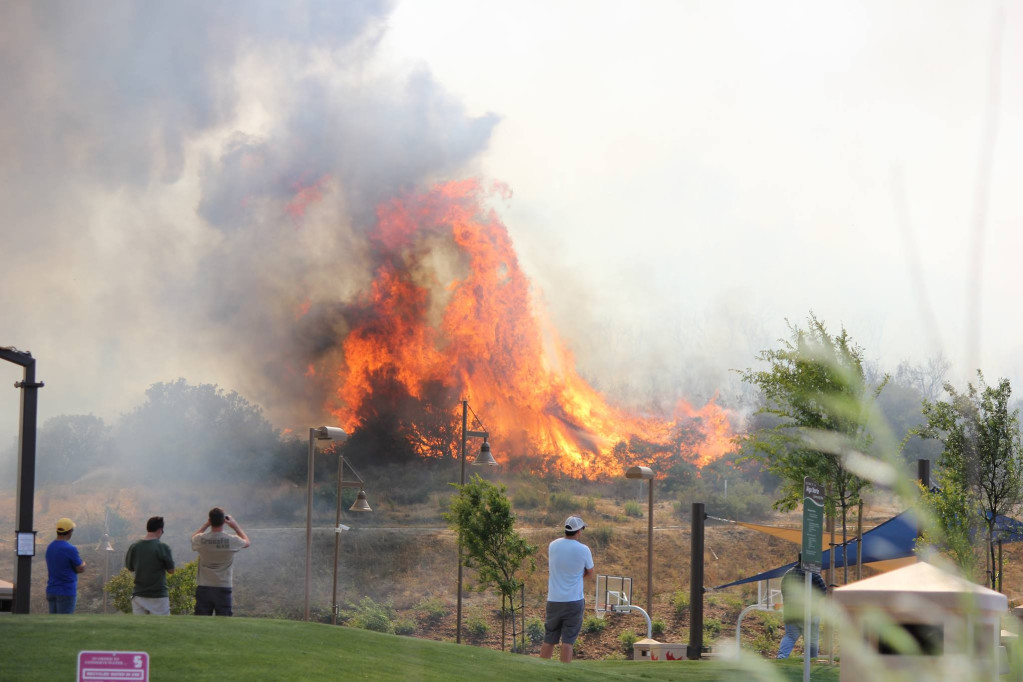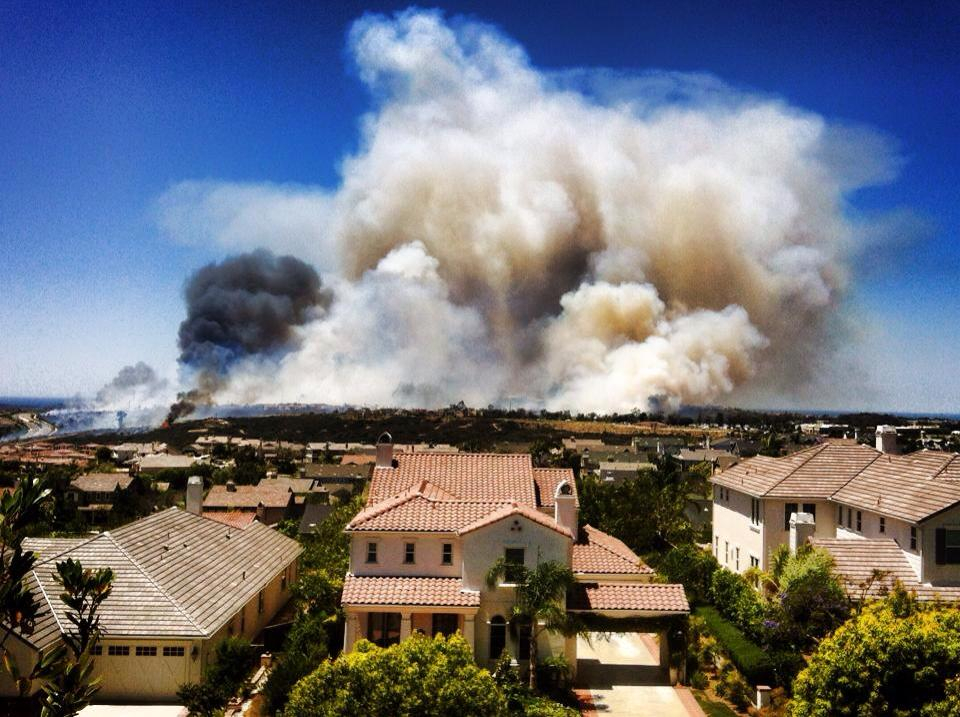The primary reason is: California constantly elects idiots.
Over 400,000 acres are burned in Northern and Central California, together with lots of the fires set off by almost 11,000 lightning strikes.
That vegetation then functions as kindling for fires.
California’s fire listing dates back to 1932; the 10 biggest flames since then have happened since 2000, such as the 2018 Mendocino Complex Fire, the biggest in history, and this season’s LNU Lightning Sophisticated, that are burning west of Sacramento. “In nearly each and every way, an ideal recipe for flame is simply kind of composed in California,” Williams stated. “Nature creates the ideal conditions for flame, provided that individuals are there to begin the flames.
There are many causes for fires in California. From lighting, arson, and even the homeless set fires in California.
Sometimes the cause is character, like a lightning attack, but more often than not individuals are accountable. “Many of those large fires which you are visiting in Southern California and affecting the regions where people are now living are human-caused,” said Nina Oakley, an assistant research professor of atmospheric science in the Desert Research Institute.
A number of the blazes were initiated with a huge dry lightning storm a week focused at the San Francisco Bay region. “We had near 11,000 strikes in a matter of 3 times,” said Brice Bennett, a spokesperson for the California Department of Forestry and Fire Protection (Cal Fire). “Having an already-warm weather routine and very, very dry conditions in California, together with these lightning strikes coming over 367 brand new fires were launched.” Smoke, soot, and ash from the fires shrouded Northern California from the dirtiest air in the world in a few points weekly.
Many deadly fires are started by downed power lines.
Individuals are moving into regions near woods, referred to as the urban-wildland port, which are inclined to burn off. “In Nevada, we’ve got many, many big fires, but generally they are burning open spaces,” Oakley said. “They are not burning neighborhoods.” It is counterintuitive, but the U.S.’ history of suppressing wildfires has really made present-day wildfires worse. “For the past century we fought fire, and we all did fairly well at it throughout each the Western United States,” Williams stated. “And each time we struggled a fire , that usually means that a lot of things that would have burnt did not burnoff.

And so within the past hundred years we have experienced an accumulation of plants at a great deal of areas. “And so in a lot of today when fires begin, these fires are burning places which have a whole lot more plants to burn off than they’d have if we’d been allowing fires to burn off for the previous hundred decades.” In the last few decades, the U.S. Forest Service was attempting to rectify the preceding practice through using prescribed, or “controlled,” burns.
Those fires have a tendency to disperse three times quicker and burn off more closer to urban areas, and they have been responsible for 80 percent of the financial losses over two years beginning in 1990.
Dry Vegetation Causes Fires In California
It is not merely the Santa Ana winds dry out vegetation; additionally they proceed embers around, spreading fires.
A number of California’s current Fires have been in regions which don’t frequently burn It is important to keep in mind that fires are a standard part of the ecology from California, by the coniferous forests in the Sierra Nevada into the chaparral shrubland from the south.
By curbing naturally occurring gas has collected forests and shrublands, raising the threat when fires do provoke.
That raises the odds of starting Fires and increases the blazes’ harm toll.

The humidity was large enough to make those thunderstorms, but not large enough to create Substantial flood rain that could mitigate fire danger
In spite of this background, a number of the Fires in California stand out since they’re raging in areas which don’t burn quite frequently. “I think what is essential to know is that different parts of California have different ordinary fire seasons,” said Crystal Kolden, an assistant professor of fire science at the University of California Merced. “And that is in part because California is such a huge state.
Some parts of these have burnt is impressive, a commodity of atmospheric pressure within the region that enabled heat to collect and overwhelm the heating effect from the sea. “Those coastal regions are amazingly dry, amazingly hot relative to ordinary, which hot and humid state had this possibility to have very explosive Fires,” Kolden explained.
The nation’s population is also rising, causing a considerable overlap between the fields of high fire risk and regions with an increasing population density, because you can see in such maps by a 2014 analysis of population trends in California projecting out to 2050: A map showing population density development projections (left) along with a map showing fire dangers.
Thus far, however, the nation has done little to dissuade new building in large -risk regions or invite individuals to move from harm’s way.
That is caused bigger fires” More prescribed burning might help limit potential megafire fuels, but a lot of communities oppose it due to the short-term smoke threat . “Fuel management efforts will need to be considerably increased,” Ager agreed.
Individuals that reside in large -danger regions can do more to deal with the property and structures in their personal property, for example reducing flammable vegetation around houses and utilizing fire-repelling building substances, Fischer stated.
In terms of the Californians fleeing the Fires, Covid-19 has made it more challenging to organize evacuations and shelters, to make things worse, people have been moving further and further into the Wildland Urban Interface, or WUI, that places them in danger of having, or perhaps starting a flame.
